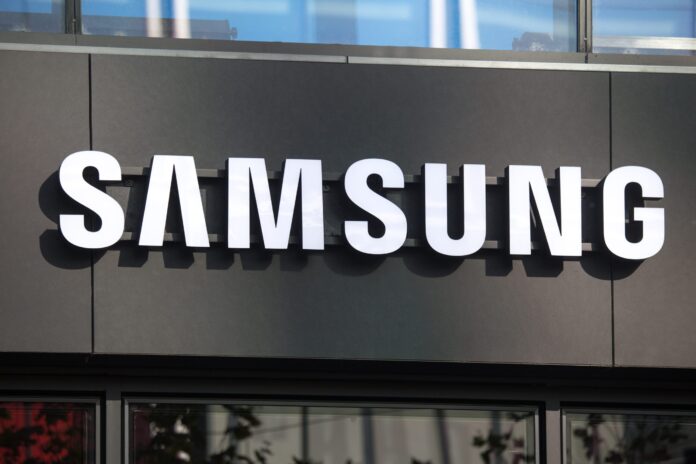The new solution will “bridge the digital divide” for mobile subscribers in underdeveloped areas, Samsung promises.
Sometimes to go forward, you have to go back — way back. Samsung Networks said this week that it’s expanding its virtual Radio Access Network (vRAN) portfolio to include a virtualized 2G solution for mobile operators still operating legacy IoT tech and other services which still require it. Samsung Networks said it will trial the new offering later this year and said it plans to deliver full 2G solutions — including radio hardware and software — to global operators in 2023.
Kiho Cho, Samsung Networks vice president and head of Product Strategy, outlined the challenge.
“While mobile operators are gradually phasing out its 2G and 3G technologies, some operators — including European operators — still use 2G, with plans to leverage it beyond 2030, as it is the foundation for existing network technologies and basic cellular services,” said Cho.
2G services remain vital for Machine to Machine (M2M) communication, for the Internet of Small Things (IoST), and for voice communications for roaming services, Cho pointed out. Supply logistics, vehicle tracking and smart meters are examples of where 2G is being used.
“For example, vehicle tracking powered by 2G, enables rental car companies to keep track of the locations and movements of vehicles within their fleet, using an installed GPS device,” Cho continued. “Moreover, there are still mobile subscribers who rely on 2G for voice communications, especially in rural or remote areas in Europe.”
Samsung promises operators with improved agility and efficiency with the new solution, claiming that virtualizing 2G radio operations will help operators optimize, simplify, stay flexible and manage services more efficiently.
“By replacing traditional hardware-based 2G network equipment with a software-centric approach, operators can benefit from site simplification, centralized management, deployment efficiency and cost savings,” said Cho.
Gearing up RAN disaggregation in Europe
Earlier this year Samsung Networks announced an effort to gear up vRAN solutions by working with leading vendors including Dell, HPE, Red Hat and Wind River. The companies are collaborating on “solution roadmaps” that they hope will remove friction from deploying a multivendor network.
Samsung Networks and Vodafone UK tested what they claim is the first commercial Open RAN site in the U.K. in Bath, England. The U.K. telco plans to open 2,500 more Open RAN sites by 2027 as part of its continued efforts to disaggregate mobile radio networks. Vodafone Group CTO Johan Wiberg said the company will have 30% of its European network footprint running on Open RAN by 2030.
Vodafone’s efforts are happening against the backdrop of legislative efforts in Europe and the U.K. to see vRAN and O-RAN technology used more widely. In December, for example, the U.K. Department of Culture, Media and Sport (DCMS) set a goal to boost O-RAN deployments to 35% of U.K. mobile network traffic by 2030. The U.K. government is working with Vodafone, EE, Virgin Media O2 and Three to meet those objectives.

